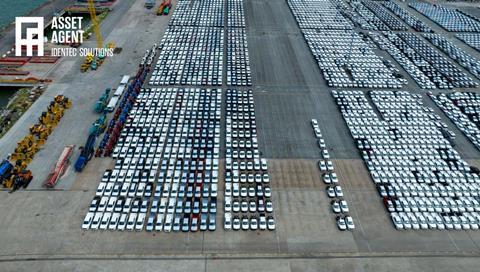Automotive Roll-on/Roll-off (Ro-Ro) terminals have emerged as essential components of the global automotive supply chain, thanks to their ability to merge road and railway transport seamlessly.

These terminals, prevalent in ports worldwide, are tasked with the efficient storage, loading, and unloading of commercial vehicles. With their cost-effectiveness, they face tough competition from road and railway transport, which is characterized by minimal manual tasks and superior efficiency.
Efficiency challenges in automotive port operations stem from disruptions to ship schedules and port traffic congestion. Crucial to their operation is the optimization of ship-loading efficiency, especially in tidal ports where delays can result in hold-ups. Unlike their counterparts - container terminals, Ro-Ro terminals don’t deploy equipment like quay cranes or in-yard trucks. Instead, drivers directly handle the placement of vehicles onto ships. Swift vehicle identification and logical vehicle arrangement are paramount for operational effectiveness.
Ro-Ro terminals have to constantly grapple with the complexity of their operations. They don’t just transfer vehicles but also perform various tasks on them, such as tire changes, refuelling, and country-specific modifications. As cars become increasingly personalized, identifying the right vehicle for specific tasks is crucial. With large Ro-Ro terminals managing hundreds of thousands or even millions of vehicles annually, the task becomes all the more challenging. Therefore, efficient vehicle identification and localization are the focus areas for process and operations managers.
Challenges don’t end there. Extending yard space in these terminals is an investment-heavy decision, laden with potential barriers like government approvals and existing infrastructure adjustments. However, optimizing processes, especially related to car handling, can be done continuously and incrementally, minimizing upfront investments and risks.
Takeaway: Car terminal operations, while essential to the global automotive supply chain, face unique challenges in ensuring efficiency. Space constraints, driver management, and precise vehicle identification and location are paramount. Strategic optimizations in these areas can lead to enhanced operations, without requiring significant investments.
Dive deeper into the nuances of car terminal operations and discover how Asset Agent, our car logistics solution, works with German car manufacturer Volkswagen.














